With the Law on Our Side: How the Law Works for Everyone and How We Can Make it Work Better
Lady Hale
£25, Bodley Head
★★★★★
After an unannounced trip to the Royal Courts of Justice, Lady Hale (pictured) visits vitally important courts and tribunals which receive little attention: the county court, benefits tribunal, employment tribunal, family court and magistrates’ court.
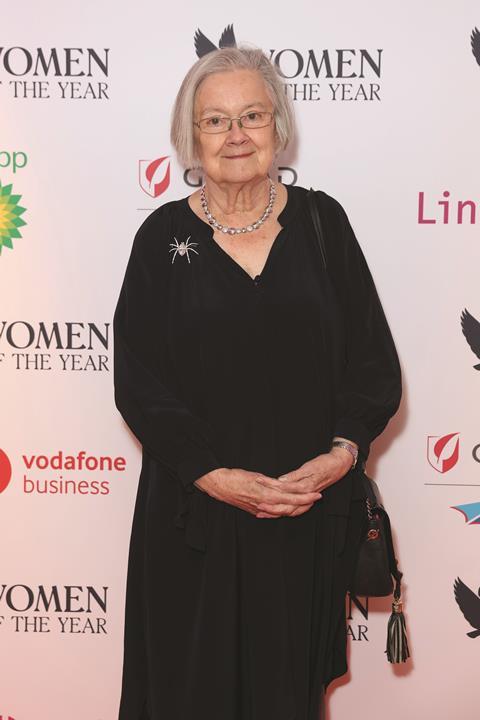
She reports what she saw and shares her reflections, with the aim of explaining how the law works for everyone and how we can make it better.
We learn that, when deciding on disability benefits, the benefits tribunal consists of a judge, a doctor and a disability expert.
The presenting officer (appearing on behalf of the government) sometimes attends hearings remotely, while the benefit claimant appears in person. Sometimes the tribunal simply relies on the files provided by the government and engages with the claimant directly.
Lady Hale appeared in tribunal cases as a barrister early in her career, and her reminiscences are of particular interest. Presenting officers used to wait in the hearing room with adjudicators. This gave the unwelcome impression to the claimant that they were one and the same operation.
Since then, legislative reform has formally separated the running of the tribunals and the departments.
Lady Hale also noted how, in one case, the presenting officer waited until the claimant was in the hearing room before appearing on screen: a nice touch to underline the independence of the tribunal.
The overwhelming impression conveyed by Lady Hale’s account is of practitioners doing their work with sensitivity and professionalism, despite drastic cuts in funding.
Most of the tribunals and large hearing centres used to have catering facilities, but not any more. Judges still get together in the judges’ dining room, but they have to bring their own food.
The people who keep the system going are the polar opposite of the popular image of greedy ‘fat cat lawyers’ living in a cocoon of privilege.
While civil tribunals and courts are still functioning as they should, the magistrates’ court is another story. On Lady Hale’s visit to one court, a man was accused of driving under the influence of cocaine. Test results from the police showed evidence of cocaine in his blood.
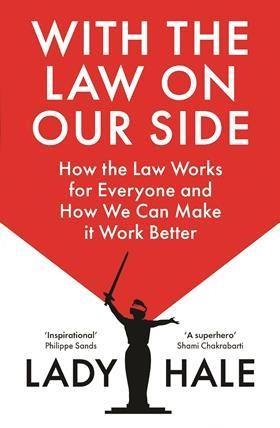
As a matter of fairness, the test results had to be disclosed to the defence expert for comment and the district judge made directions for disclosure to happen by a deadline. But on the trial day, it transpired that the deadline was ignored despite numerous chasers. Disclosure was only completed three days before the trial. The prosecution was unable to offer any explanation for what happened and had to offer no evidence, leading to the defendant’s acquittal.
Lady Hale’s visits conclude with the Crown court and the Old Bailey.
In the remainder of the book, Lady Hale covers human rights and constitutional issues.
The section Everyone has Rights is organised according to different community sectors: schoolchildren, disabled people, LGBT+, workers, women and patients. Human rights cases from these groups are succinctly summarised. The focus is on the dramatic and often tragic facts behind the cases that reach the Supreme Court. The facts are especially vivid when we know how they would have started life in one of the courts and tribunals Lady Hale visited.
The third and final part, Making Law for Everyone, covers how law is made by the courts, by government and by parliament. This is the most familiar territory for lawyers, covering gems such as the Ivey v Genting Casinos saga on dishonesty and the legislative battle for the Rwanda Bill.
Overall, this is an engaging and authoritative book that shines a spotlight on the underappreciated workings of grassroots justice.
Jasper Wong works as a Hong Kong-qualified barrister. He began his career as a judicial assistant, which involved assisting UK Supreme Court judges in their capacity as Non-Permanent Judges of the Court of Final Appeal

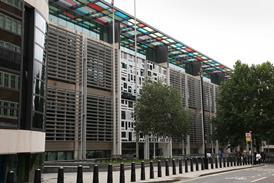




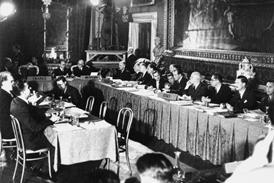






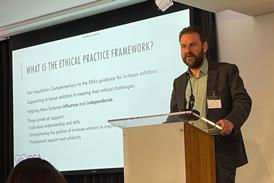






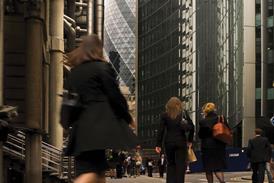










No comments yet